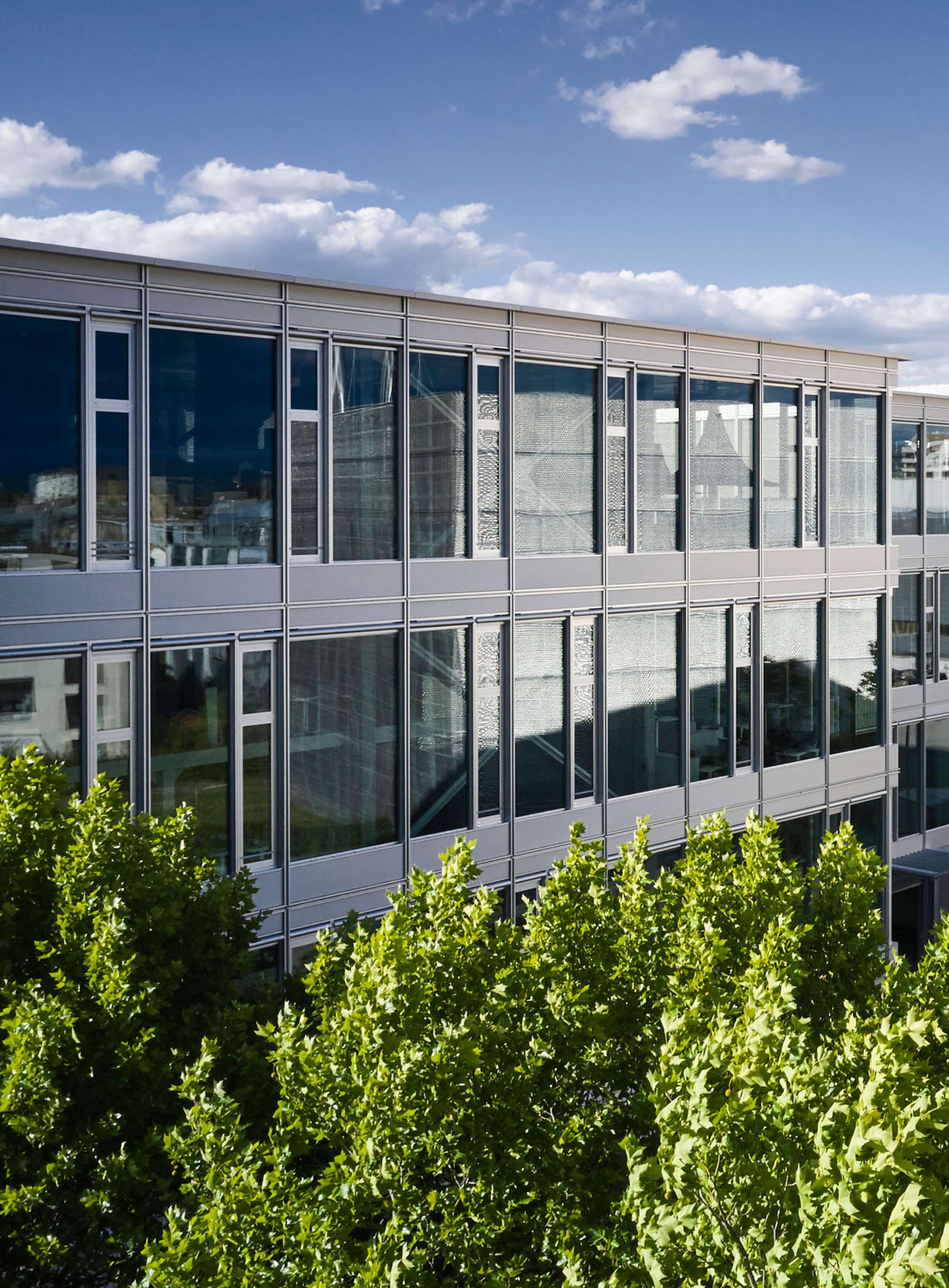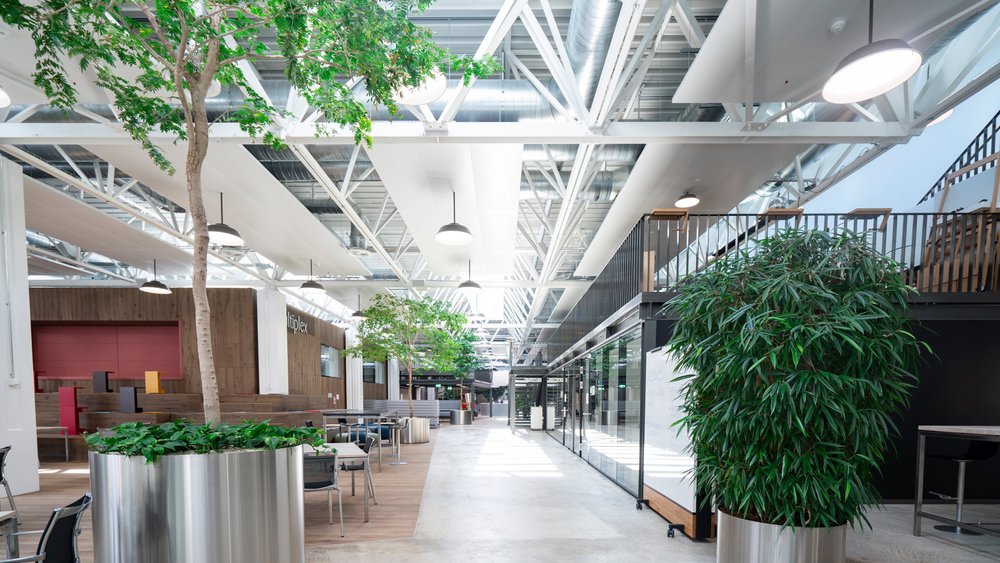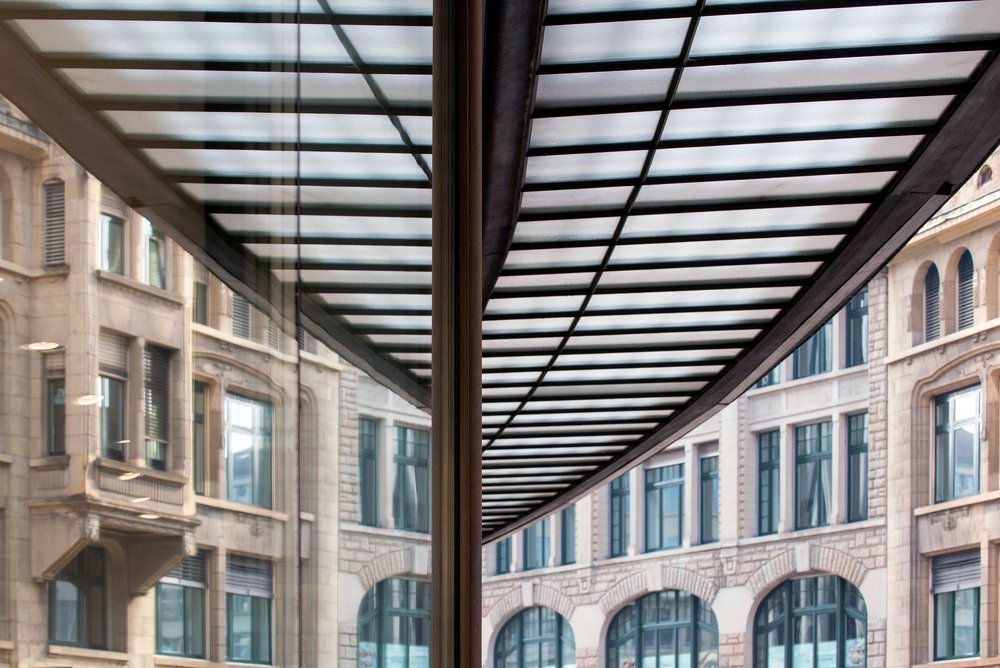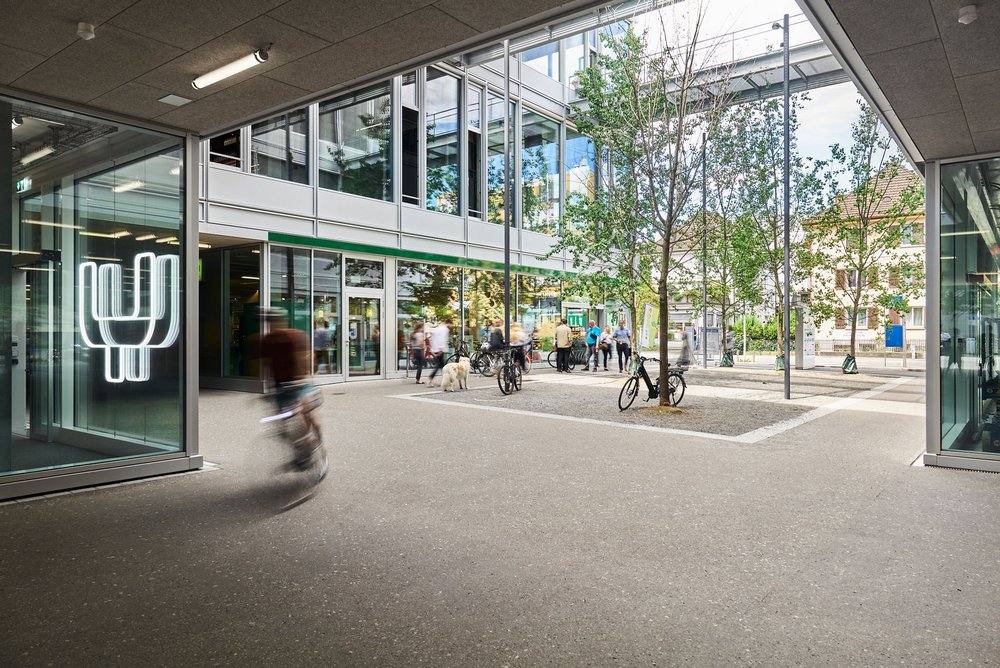Story Detail
Implementing our vision on the ground
It starts with the vision
While keeping the company’s purpose and strengths at the forefront, intensive engagement with the vision forms the starting point for transformation. This provides direction and points towards what the business should stand for in the future. It was only five years ago that the management of Swiss Prime Site restated their vision with regard to sustainability, putting corporate responsibility and multidimensional value creation at the centre of the company’s actions. This has been integrated gradually. The foundation was our shared corporate values, with the focus on a specific time frame and the development of strategic goals. This marked the beginning of a journey that is still nowhere near its conclusion.
Long-term, multidimensional business model
Real estate is an investment with a long-term outlook. Very few other sectors work with such long life cycles. Buildings are perceived as part of the environment and infrastructure within a rapidly changing society, and have complex stakeholder requirements. The business model of a real estate company must, on the one hand, cope with the tension between long-term investment and requirements that change at short notice. On the other hand, while fulfilling its social and environmental responsibilities, it must ensure that the estimated earnings turn out to be higher than the anticipated financing and owner’s costs. In the past, real estate investors have always been able to rely on this interest margin working out.
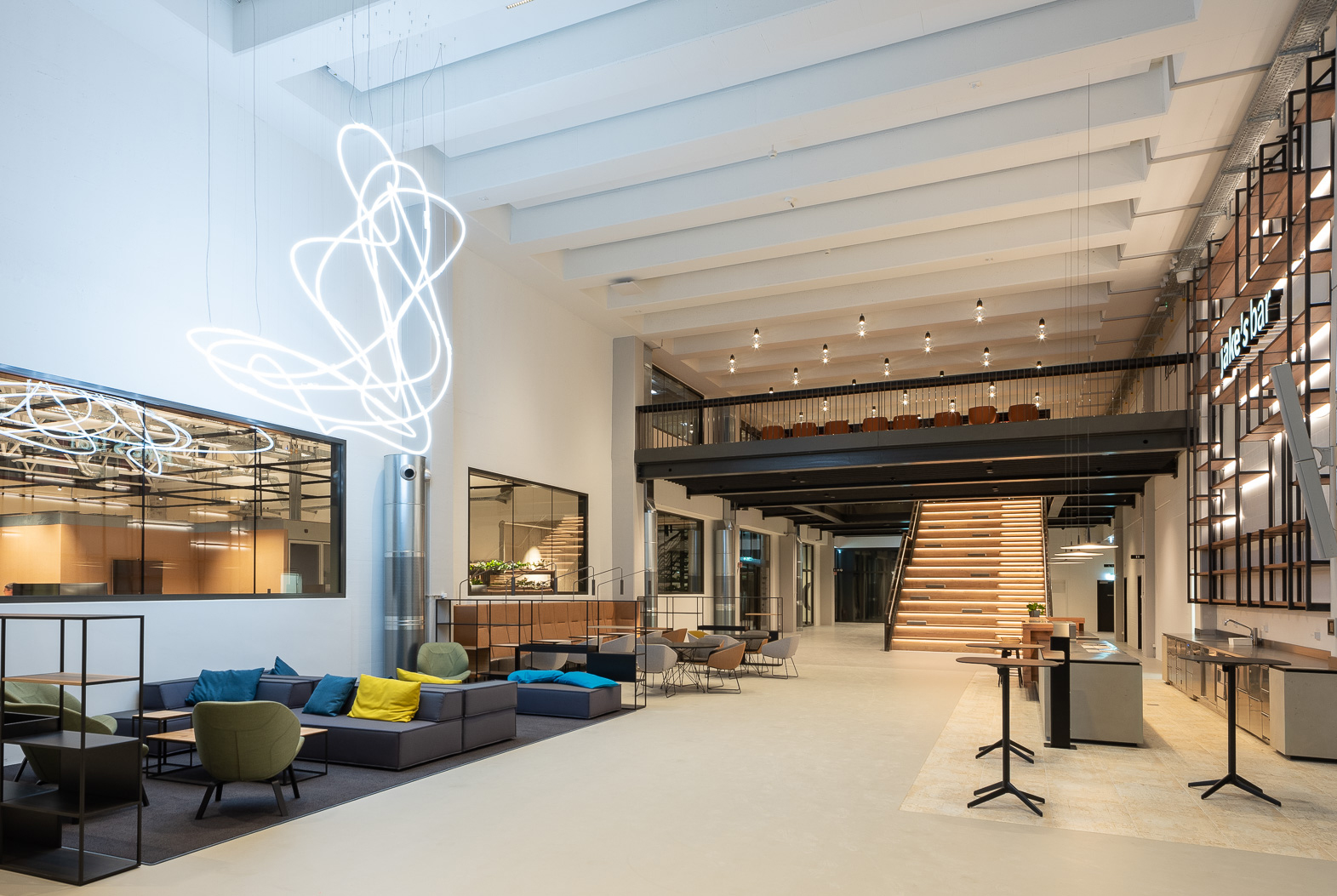
New business models
Whether this will continue, and to what extent the leasing of real estate can justify its existence in the future, can and should be questioned. Well-developed sites are a very limited commodity. There will probably always be a willingness to pay for living, working and leisure spaces. However, just how much the spaces provided and the resulting rental income are sufficient to remain fit for the future depends on numerous external factors. The mere supply of square metres for rent is increasingly being supplemented with additional services targeted towards new demands and requirements. These days it is no longer just real estate investors who are prospecting for «concrete gold».
Environmental responsibility with an integral approach
While service providers may boast comparatively straightforward life cycle assessments, real estate developers face a challenge. The primary energy consumption and the associated CO2 emissions of the building stock are high and the renovation cycles in some cases extend far beyond the year 2040. When a real estate company commits itself to climate neutrality in a little less than 20 years, a change in thinking is required on many levels. With the aim of implementing a responsible portfolio and development strategy, Swiss Prime Site has created many instruments and is focusing on an integral approach. In addition to consistently following an operationalised CO2 reduction pathway for the property portfolio, the main focus is on: expanding renewable energies; confronting emissions in the supply chain; the circular economy and innovative technologies; and systematic awareness-raising and knowledge sharing. The central management tool for successfully embedding our sustainability efforts is linking non-financial with personal and financial targets.
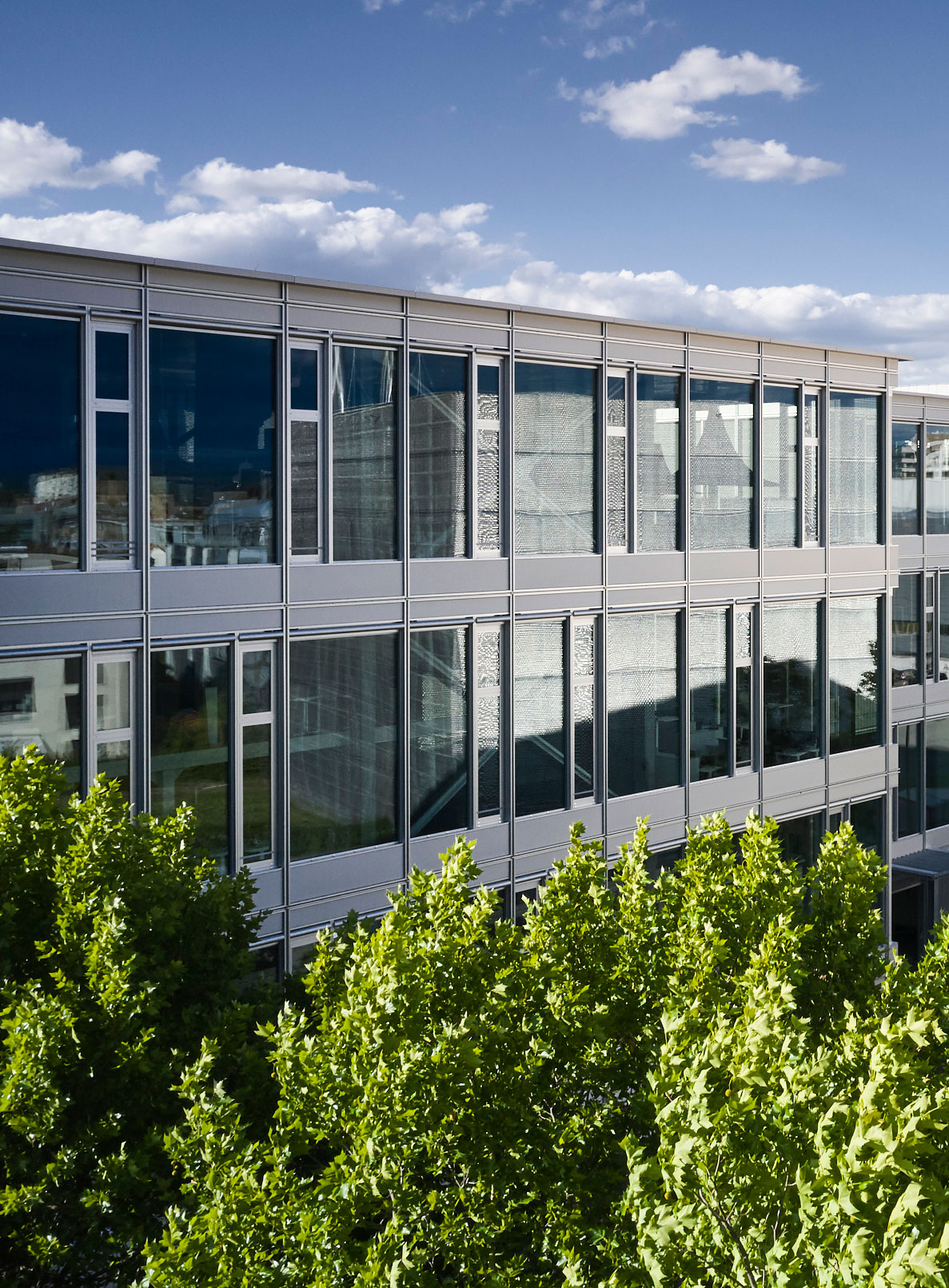
Linking capital and sustainability
The issuing of green bonds is a prime example of the successful beginning of a new era of responsibility on the financial market. Procuring capital in order to pursue a business model or, in specific terms, to be able to carry out renovations and make all the other necessary investments in properties and services, is vitally important. The criteria that determine which bonds can be issued or what capital increases can be effected are changing, influenced at least in part by the debate that has begun around ESG criteria in the finance sector and by engagement with climate risks. Major financial investors are tightening their guidelines accordingly, and they are doing so without giving much notice or allowing long transition periods. As a result, companies in any sector with comparatively long change cycles for adjusting their business models are plainly being excluded from the capital market if they are unable to present a good ESG score. And this is especially the case in the real estate and construction industry. In fact, certain industries and individual companies are therefore presumably being deprived of opportunities to procure capital more due to the finance and capital market than by intervention measures from the state.
Growing importance of the circular economy
It goes without saying that reducing CO2 emissions in operations and construction is hugely important for a real estate company. However, the strong focus on the carbon footprint is motivated primarily by the climate debate currently taking centre stage. In the future, we may expect a broader form of accounting to gain significance. For example, in what sense materials can be allocated a value reflecting the entire life cycle, and overall have a neutral effect on the climate and at least retain their value as they circulate by means of upcycling and downcycling in an optimised ecosystem. The issues of resource conservation, resource efficiency and technical cycles are becoming ever more relevant and present resource-intensive industries in particular with equal measures of challenge and opportunity. The latter lies in recognising this trend for taking a comprehensive view of material cycles and developing a new awareness of roles and responsibilities extending beyond the life cycle of properties.
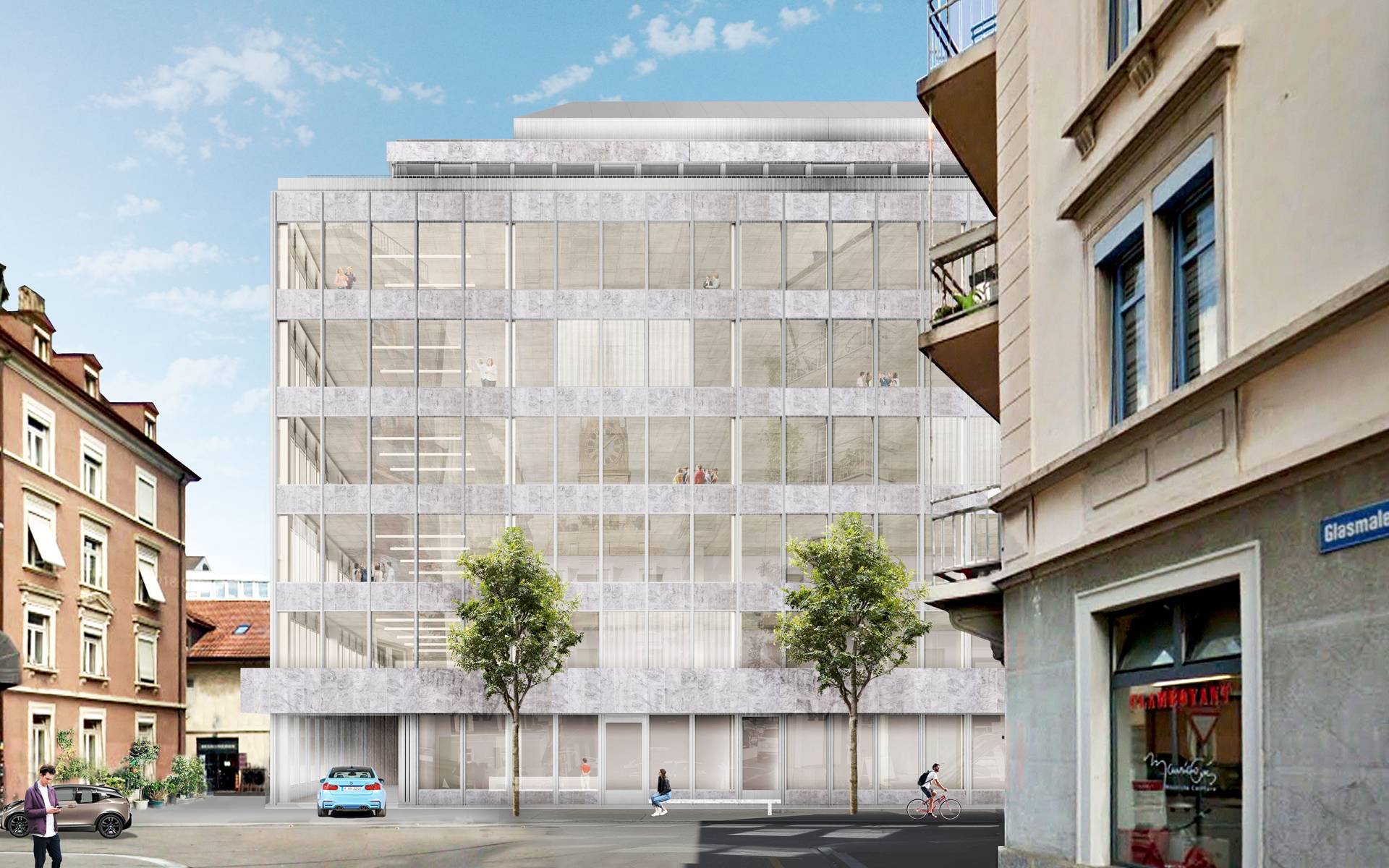
Implementing our vision on the ground
The future viability of any company can be measured in multiple dimensions and by many factors. Ideally, it is derived from the company’s vision and also leads back to this. Swiss Prime Site’s vision of creating sustainable living spaces commits us to ensuring that the decisions taken represent the best, most sustainable solution, especially in situations where the needs of stakeholder groups are particularly complex and diverse. This also requires planning instruments to be further developed. When it comes to paying particular attention to material cycles, a good option is to formulate relevant specifications, especially in modification and redevelopment projects, and to document them via material passports created using building information modelling (BIM).
The construction and real estate sector can take on a pioneering role in this by providing the necessary tools for it today. At the same time, it is important to understand that BIM is not a technology, but an integral way of thinking. This gives rise to the assertion that other industries could definitely learn something from the real estate world: sequential processes can likewise be better managed through integral and integrative management. This allows decisions to be made according to a sense of corporate responsibility focused on sustainability. And this can and should be of great importance to society. Land represents the value of the earth, its use as a space for living and all the resources gained from it and kept in circulation. No one has a greater appreciation for this than a real estate company.
The article will be published in the NZZ Publishing Edition. Authors: Urs Baumann, Chief Investment Officer and Martin Pfenninger, Head Group Sustainability & Innovation.
